October In The Loft
 October is the time when fanciers all over the United States begin and enjoy the young bird racing season. What happens in the lofts is dictated by geography. The racing season has ended in the northern part of the United States while there are still a few weeks left in the southern part. Fanciers are doing things differently depending on what part of the US they are residing.
October is the time when fanciers all over the United States begin and enjoy the young bird racing season. What happens in the lofts is dictated by geography. The racing season has ended in the northern part of the United States while there are still a few weeks left in the southern part. Fanciers are doing things differently depending on what part of the US they are residing.
Fanciers residing in the north who are at the racing season’s end or nearing end should evaluate the race team as well as the breeders. Planning should be done in a reasonable amount of time to acclimate any new birds that are planned to be brought into the loft before the start of the breeding season.
There are various factors that have to be considered when it comes to segregating which pigeons should be for the old bird races or for the breeding loft. This is the main thing in evaluating the racing team. The next question is how does a fancier decide which pigeons make the grade. The best indicator is the consistency in the races. It is better to be consistent than to have one good performance. Birds that come early week after week, race after race, has far more breeding potential than a pigeon that delivers one great win.
There are instances when two birds are like equal. But, if a choice has to be made, a fancier should study their pedigrees. The following should be the basis of choosing which bird to keep. The bird that is linked to more winners and has better background and genetics should be kept. The inbred or linebred should be kept over the outcross if the fancier is looking for a breeder. The linebred or outcross should be kept over the inbred if the fancier is looking for a racer.
It is important to take note that there are some “sleepers” in the loft. There are pigeons that always come home but have not managed to find their true form or their ideal distance in the young bird races. It is possible that these birds are better at the long distances, and better consider keep then another season.
The breeding loft should have a super young racer that is out of an old breeder. This is regardless whether it is a cock or a hen. Europe’s best lofts always cherish the first set of eggs that are out of a super racing young hen.
Fanciers should implement specific health measures at the end of the racing season. The birds should be purged for one or two days before the medication. This means providing the birds only water and no food. This is basically the ideal length of time for purging. This practice is quite different in Europe, however, as they purge their pigeons for a week. Birds should be vaccinated against PMV and salmonella.
The breeders should undergo the general health program by treating them for canker, coccidiosis, and worms. Canker is best treated by Turbosole. Coccidiosis as well as other diseases can be treated with Aureomycin Sulmet powder. Individual worming can be treated with Gopolex Worm Tablets. Flock treatment for deworming can also with Eqvalan. Two Australian products, Moxidectin and Moxidectin Plus, developed by Dr. Colin Walker are also effective on the worms.
The process involves dipping birds in a 57 percent (1/4 cup to 2 gallons of water) Malathion solution, then vaccinating the birds for salmonella with Sal-Bac, and for PMV with Lohmann Animal Health International’s PMV-1. The skin on the neck shows well for easy vaccination when the birds are wet.
Fanciers who live in freezing weather should line up heaters for the drinkers as the weather can affect the fanciers’ ability to keep the birds watered on a regular basis.
Fanciers who live in the southern part of the country should follow the preceding steps after the races have finished. However, if the birds are still racing, the team should be trained for the last few important races. More success results from focusing on those few birds that that have shown their best performances. The best thing to be given to these birds is now rest, medication, retraining, and motivation.
Rest is on top of the list. High quality birds fly to their pedigree if they have the opportunity. An example for this is that pigeons that competes best in a 300-mile, 1,200 yards-per-minute race won’t fly “to their pedigree” if they participate in shorter races. It is known that racing pigeons stay in perfect shape for only about three weeks. The technique is to set aside the young birds with the most potential and not engage them in the races during the middle of the young bird season simply to rest. These are birds are then put back into the races for the last three weekends. After resting, these high-potential flyers will be in top shape for the next one, two, or three weekends.
It is recommended that the entire team should be checked for this kind of potential. You will see “levels” form on the team. These are pigeons with consistent ability and those that race “hot and cold.” Those with the most consistent ability should be kept for the last or most important races of the season and focus the most attention on them during this time.
The quality of inconsistent birds can be assessed by continuing to race them during the middle of the season. Racing is the only means of determining if the birds are flying to their pedigree. It also is better if the background of the parent birds is checked.
Another important thing that fanciers have to decide on is on their high-priority races. Fanciers have to decide if they are racing for average speed, money, or for other reasons. The best birds should be targeted for these races. Fanciers should put a large percentage of birds in the races where their breeds show that they are capable of competing.
Medication is really significant in the last weeks of young bird racing season. Young hens should mature faster than cocks and are a better group as young-bird flyers. Young hens can also be motivated more quickly. Young hens and widowhood cocks, or spare hens should be set aside during the late part of the young bird season. Widowhood cock specialists save the young cocks for the old bird season.
The science of genetics points out that breeding two extremes together provides the largest degree of uncertainty in the results. The smart fancier considers this when he does pairing his pigeons. One example is when a long-distance bloodline bird whose parents and grandparents excelled at two-day races is paired with a bird with genetics of being great at short-distance speed events will produce offsprings with a great variation in ability. The best thing is to pair long-distance to long-distance, middle-distance to middle-distance, and sprinters to sprinters.
The next stages are motivation and training. Six to eight hens should be selected and they should stay with the cock for a week. A week is enough to mate but not long enough to be ready to lay. The young hens should be put back on the young bird race team. These young hens should be given an hour or two with their mates before shipping them to a race.
Training should be done after a week of complete rest. The birds should be medicated and motivated in those seven days. If these birds show signs that they are ready to come back onto the race team, they can be taken for a few short tosses. The birds can be taken for a few 70-to 80-mile tosses. The young hens will be in top form to compete during the last few races of the season.
These tips are relevant wherever the location is. Suggestions about rest, medication, retraining, and motivation can all be performed in the middle of the racing season.
October In The Loft

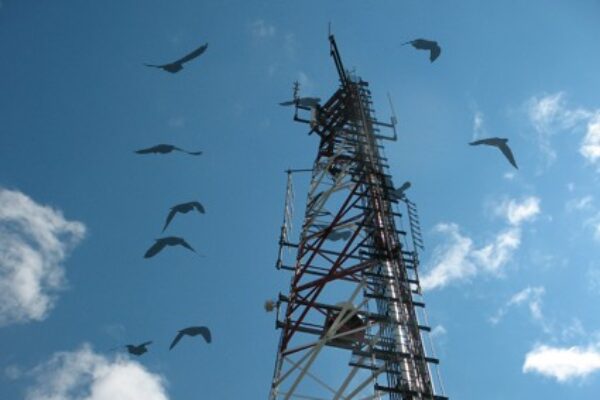
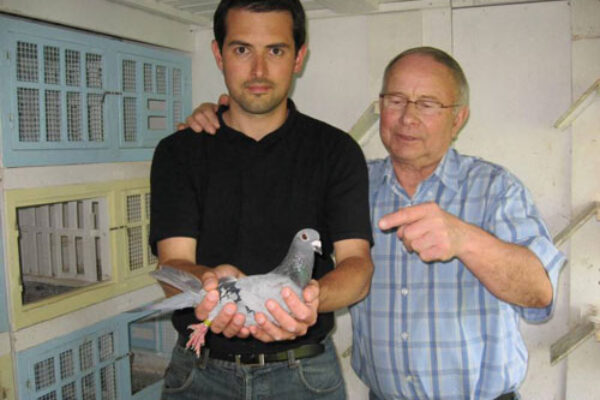
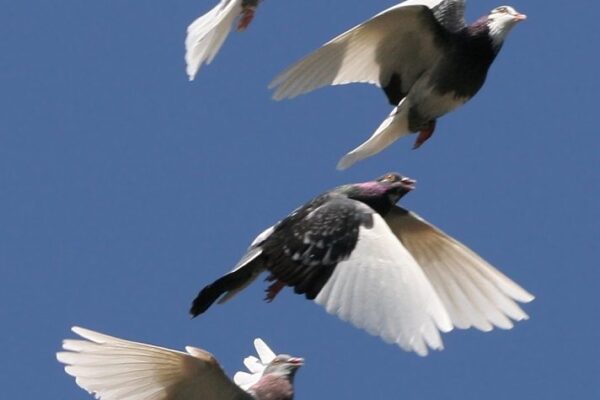
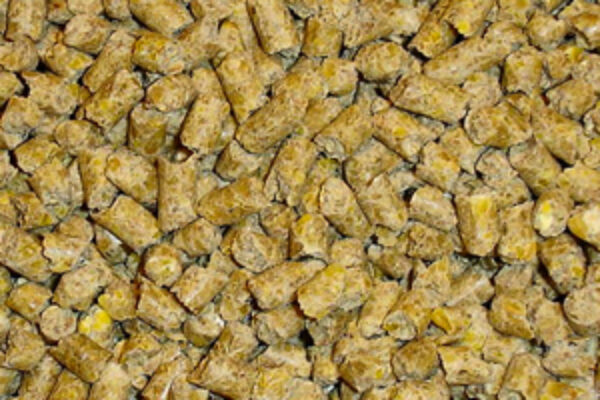

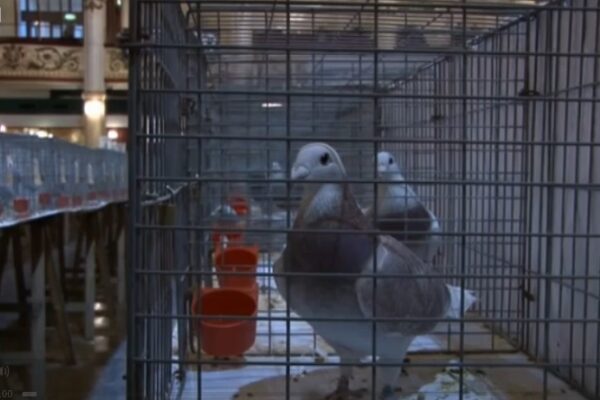


very helpful and teaching a lots of tips to the new brederds
Very helpful articles